As the capital of the Austro-Hungarian Empire, Vienna was a vibrant, influential city at the turn of the 20th Century. A cultural and intellectual powerhouse, Vienna in the 1900s was the birthplace of groundbreaking ideas, movements, and artistic expressions that would shape the world for decades. At the heart of this creative explosion were the innovative thinkers, artists, and scientists who called the city home.
The Birth of Modernism
The turn of the 20th Century marked a period of immense change in Vienna, as the city experienced a shift from traditional to modernist thinking. This shift was fueled by the works of pioneering intellectuals like Sigmund Freud, whose groundbreaking ideas in psychology challenged conventional wisdom and laid the foundation for the field of psychoanalysis. Freud’s theories on the human mind and the unconscious significantly influenced literature, art, and philosophy throughout the 20th Century.
In the realm of architecture, Vienna was a hotbed of innovation. The Vienna Secession, an architectural and artistic movement founded in 1897, sought to break away from the constraints of historicism and create a new, modern style. Led by figures like Gustav Klimt, Koloman Moser, and Josef Hoffmann, the Secessionists embraced the motto “To every age its art, to every art its freedom.” The movement’s most iconic structure, the Secession Building, is a testament to this vision, with its strikingly modern design and distinctive gold-leaf dome.
The Golden Age of Viennese Art
Vienna’s artistic scene flourished during the 1900s, giving rise to some of the era’s most celebrated painters, composers, and writers. The city was home to legendary artists like Gustav Klimt, Egon Schiele, and Oskar Kokoschka, now considered masterpieces of modern art. Klimt’s iconic painting “The Kiss” (1907-1908), with its lush, gold-leaf embellishments and sensuous subject matter, epitomizes the decadence and luxury of the period.
The music world also experienced a revolution, thanks to the innovative compositions of Viennese musicians like Arnold Schoenberg, Anton Webern, and Alban Berg. This group of composers, collectively known as the Second Viennese School, pushed the boundaries of traditional music with their avant-garde, atonal compositions.
Coffeehouse Culture
Vienna’s coffeehouses were crucial to the city’s intellectual and cultural life during the 1900s. These establishments were places to enjoy a cup of coffee and a slice of cake and served as social hubs where artists, writers, and intellectuals gathered to discuss their ideas and share their work. Legendary coffeehouses like Café Central, Café Museum, and Café Sperl attracted luminaries such as Freud, Klimt, and writer Stefan Zweig, making them important centers of intellectual exchange and creative collaboration.
A City of Contrasts
Vienna in the 1900s was a city of contrasts between tradition and modernity. This tension was embodied in the city’s political climate as the progressive movement fought for social and political reform in the face of a conservative and often reactionary establishment. The social divide between the ruling elite and the working class was also evident in the city’s architecture, with opulent palaces and grand public buildings alongside overcrowded tenements.
Vienna in the 1900s was a city where innovation and creativity flourished, laying the groundwork for some of the most influential ideas and artistic movements of the 20th Century.
Here are some stunning historical photos of Vienna from the 1900s.


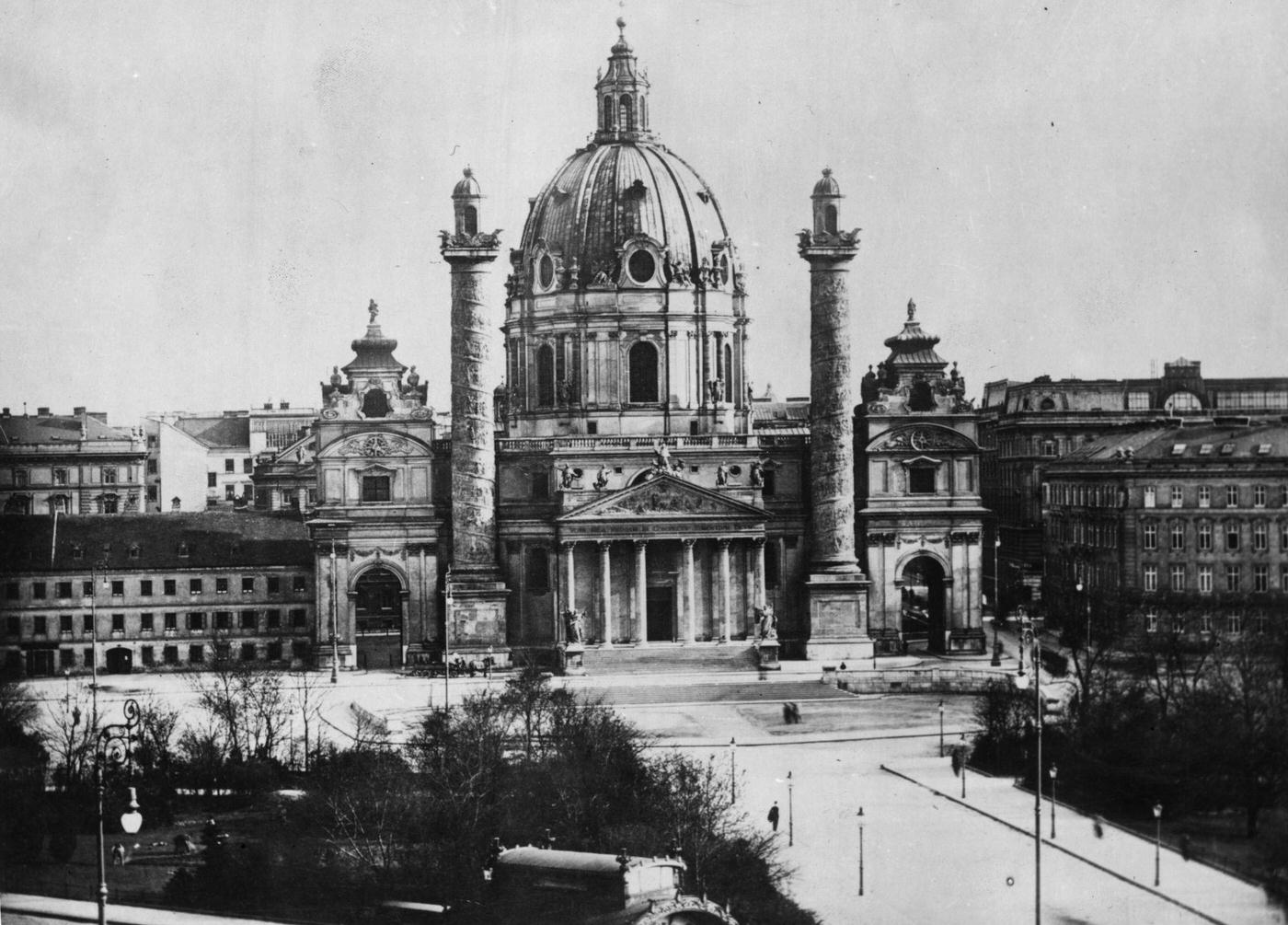


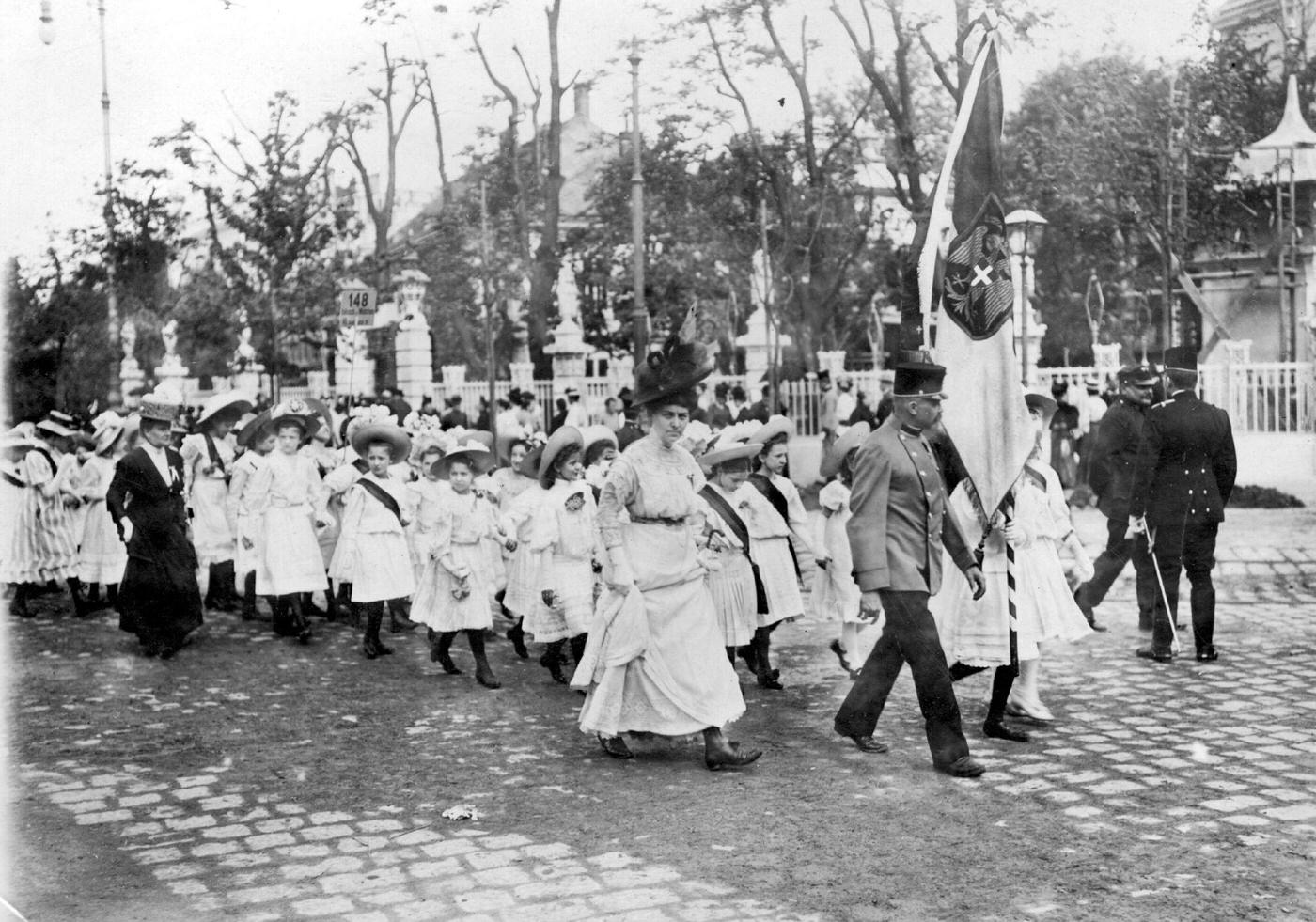







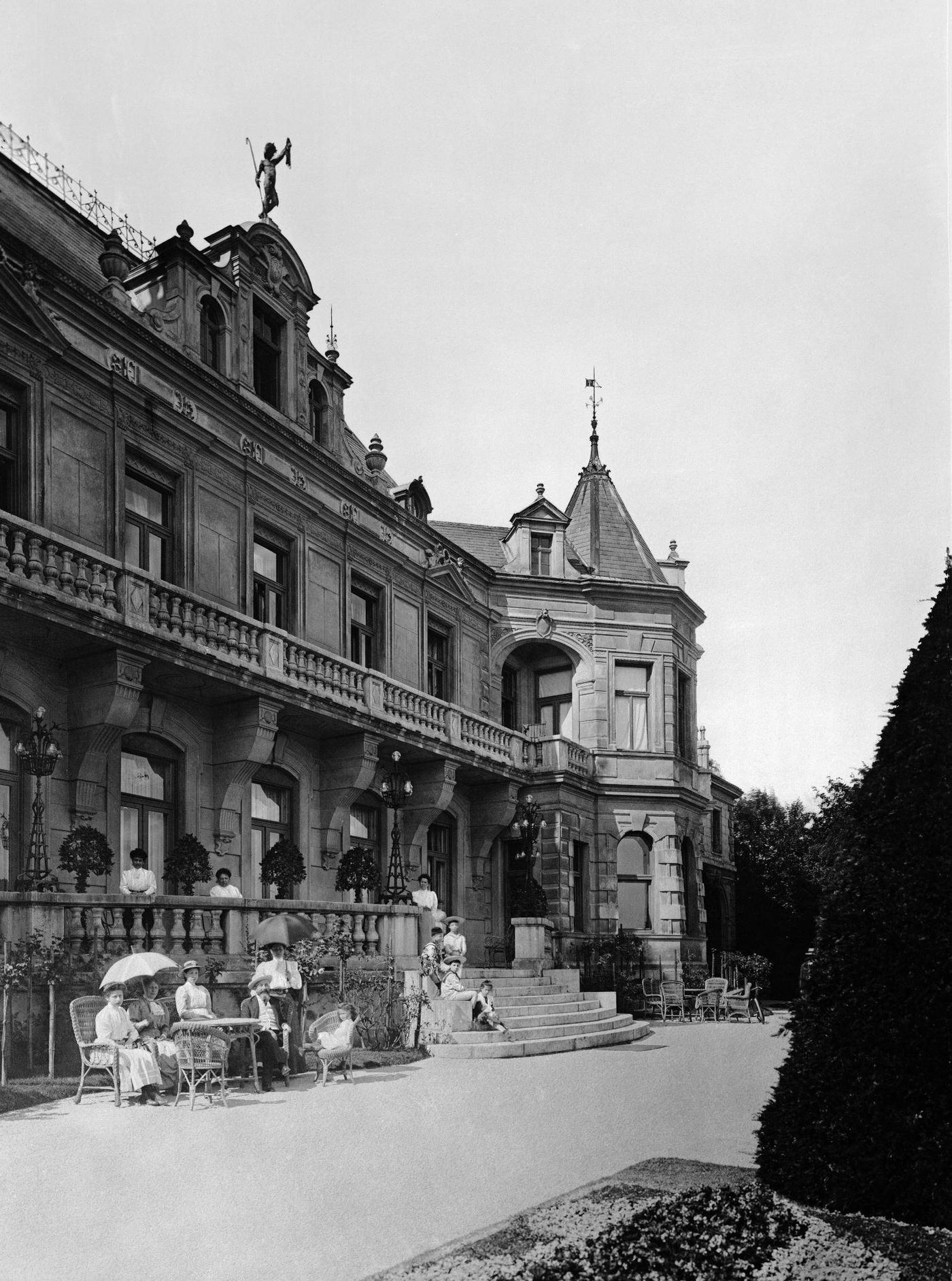


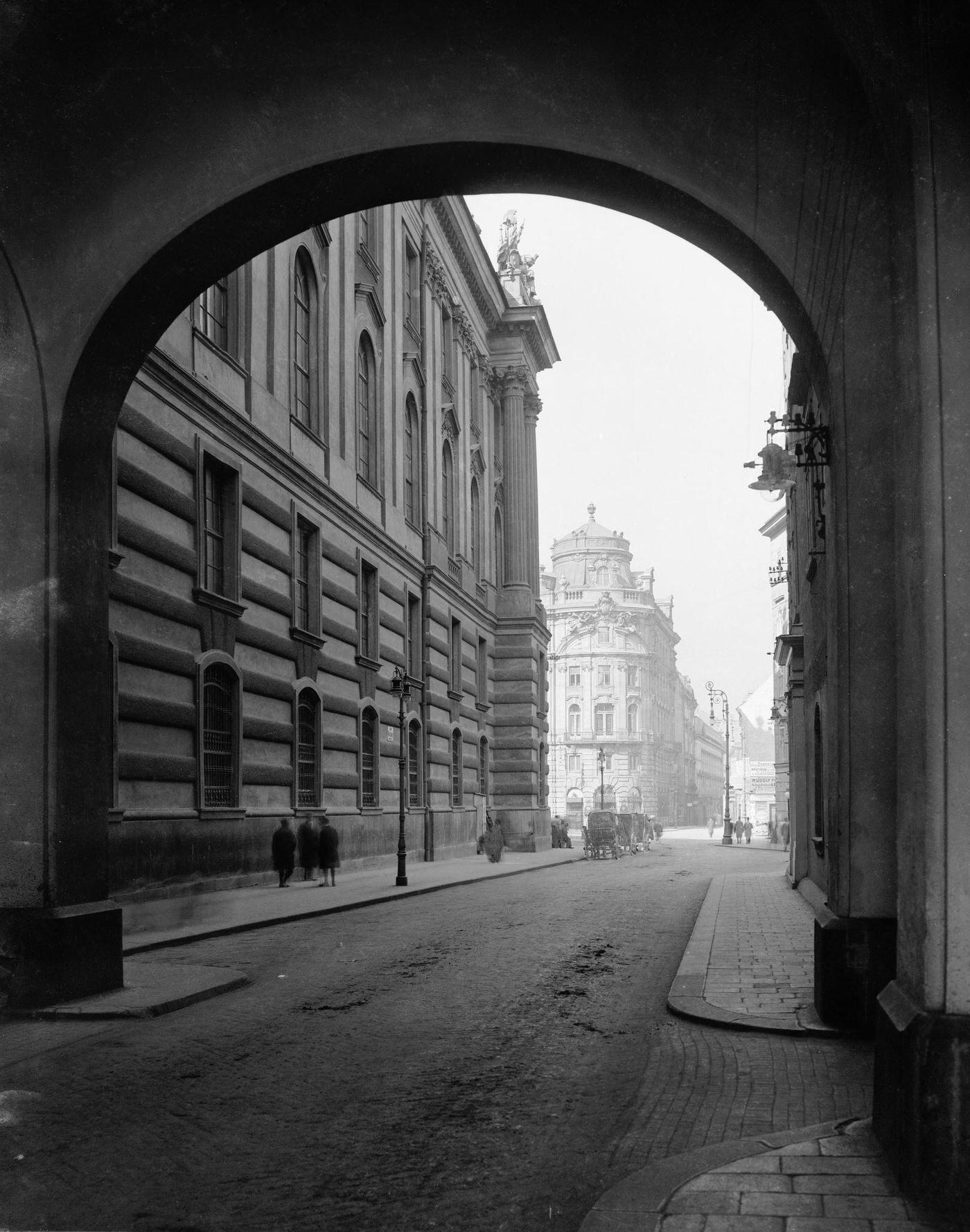












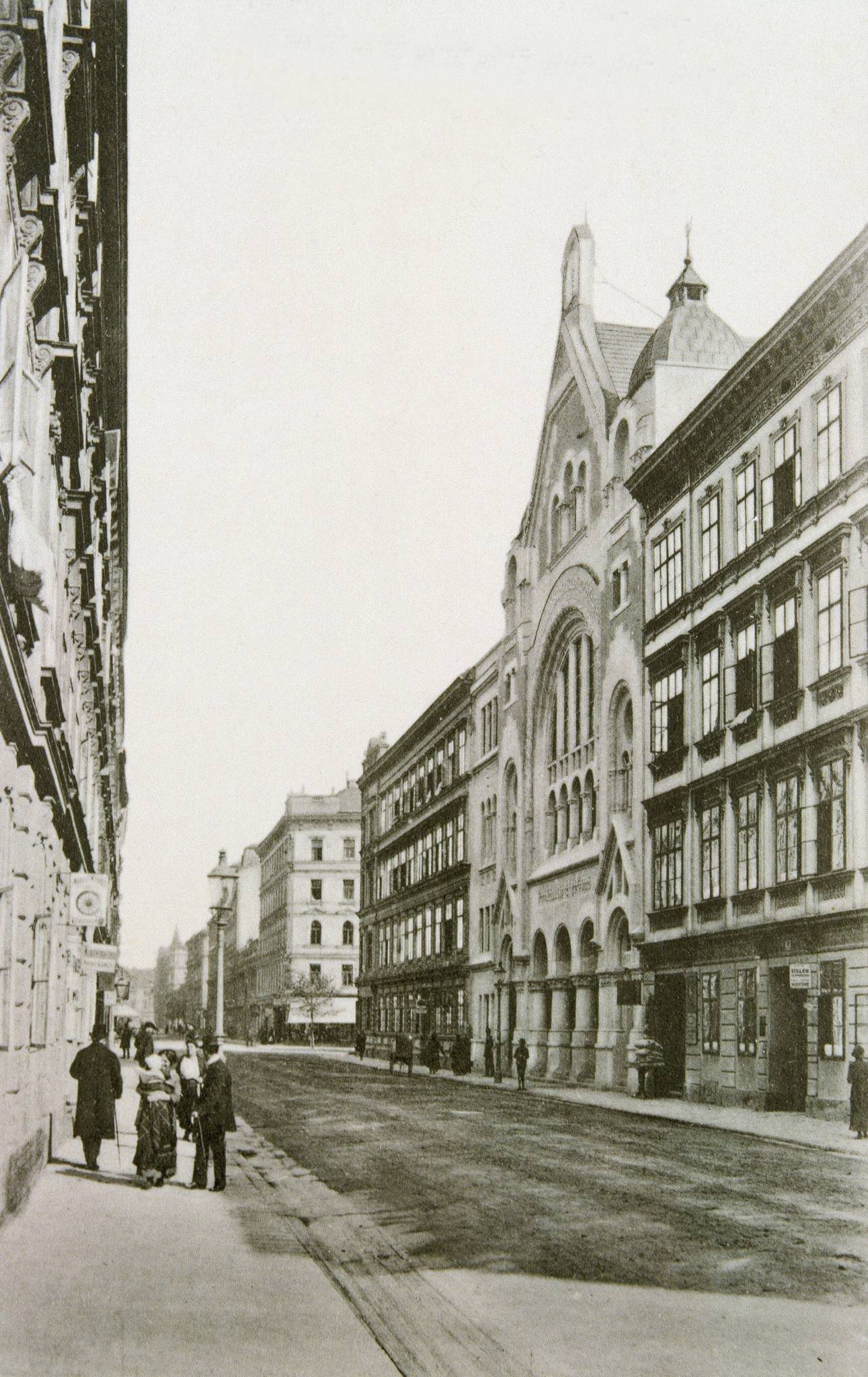


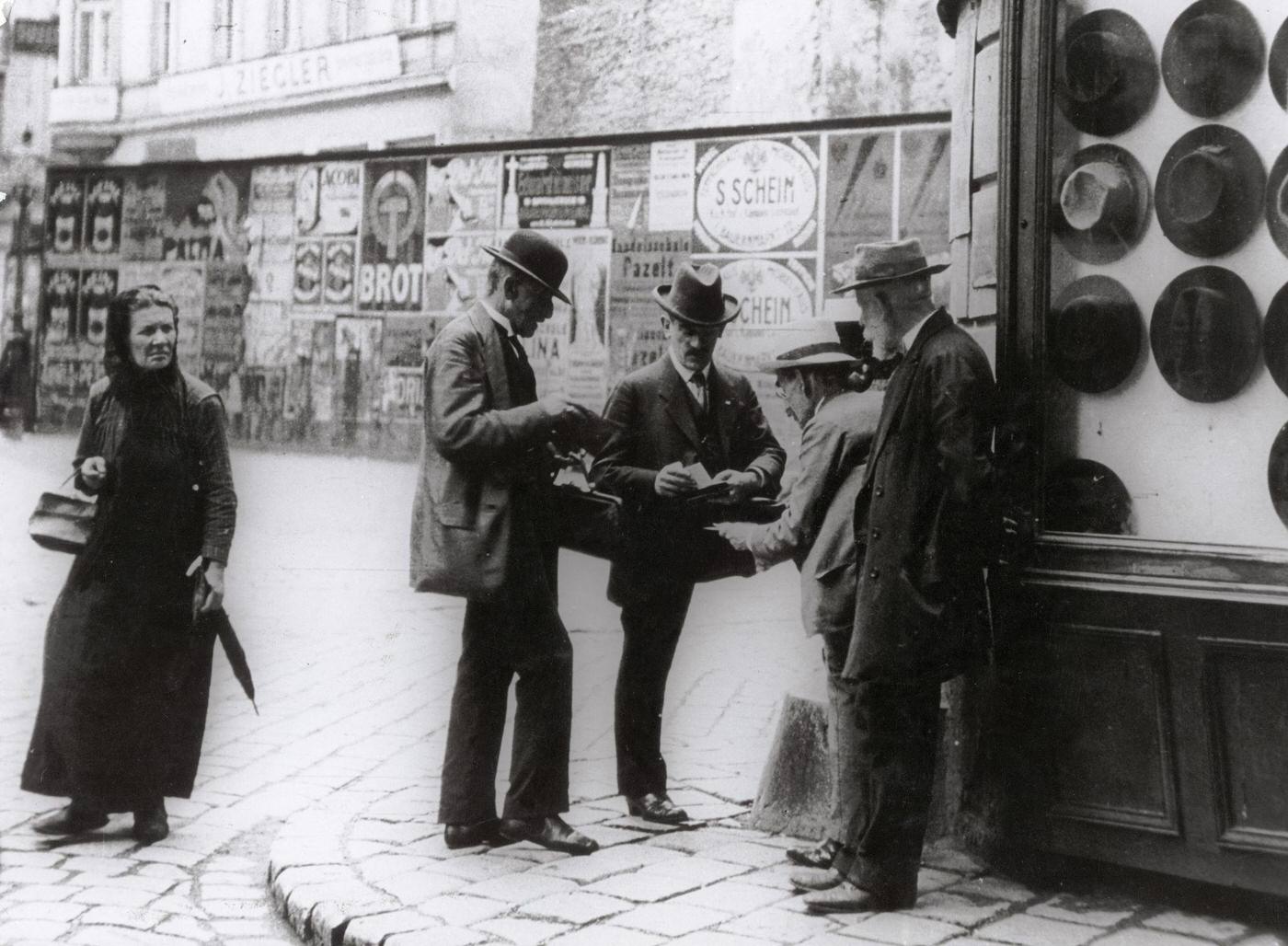


















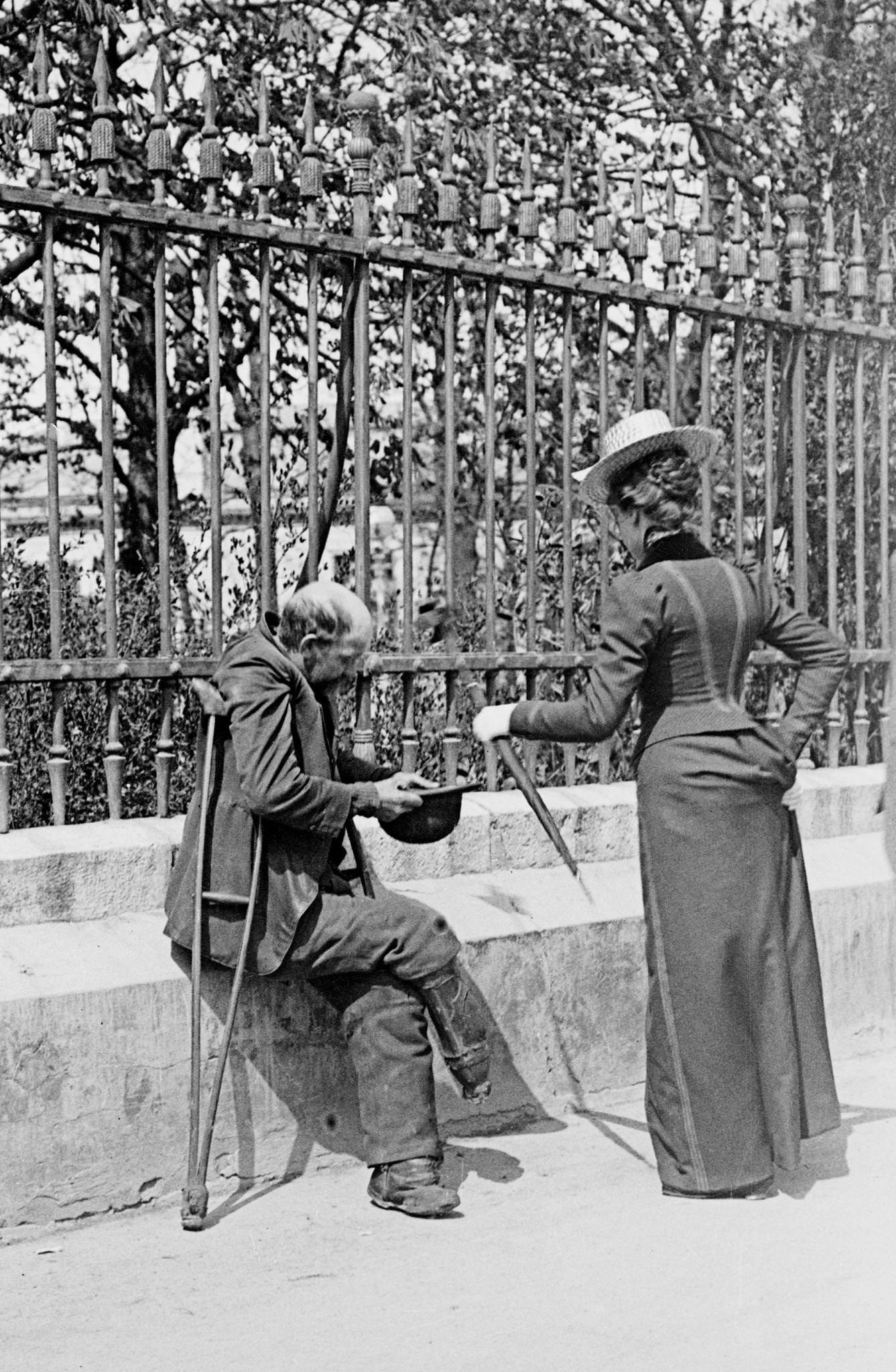

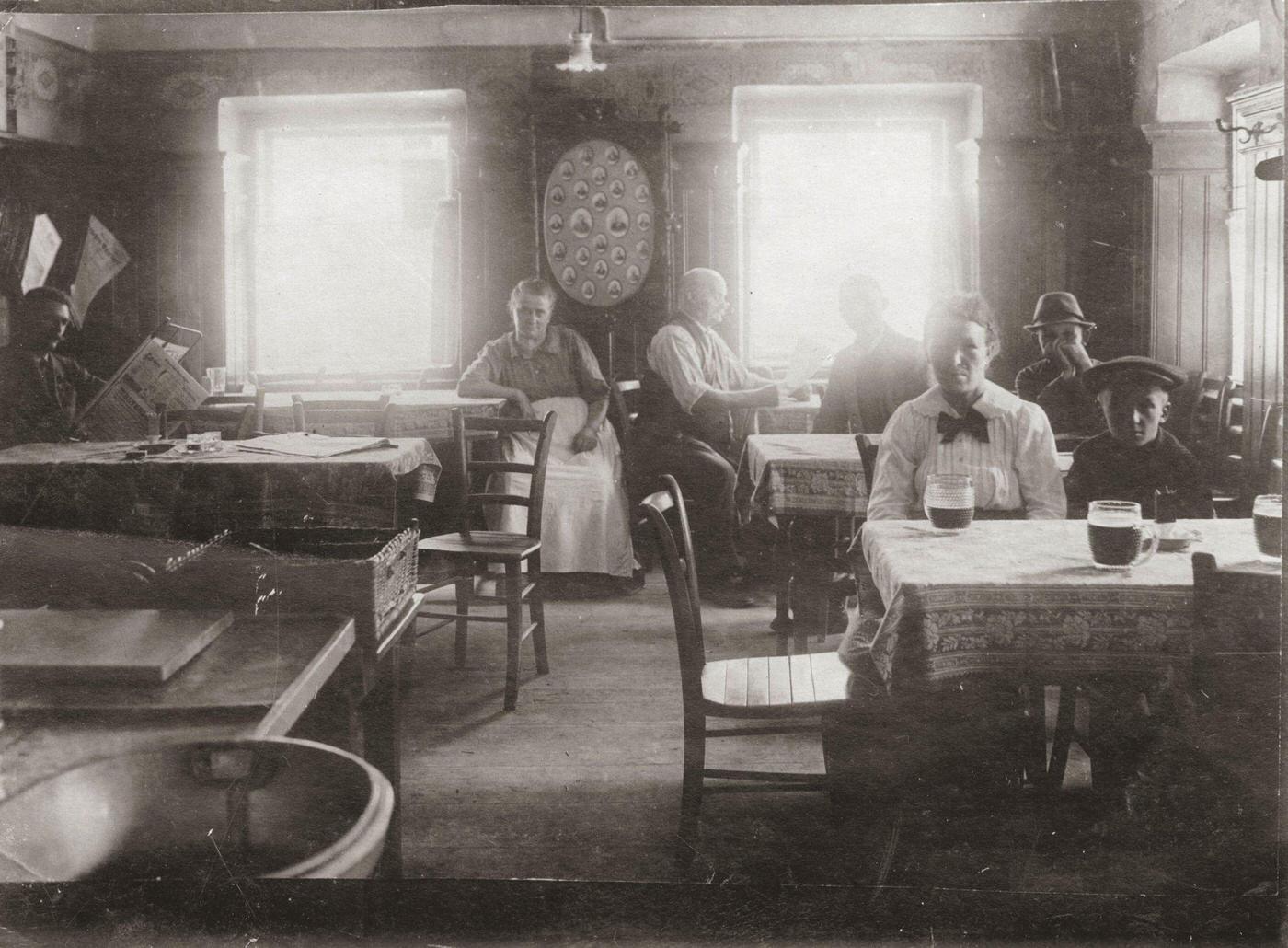







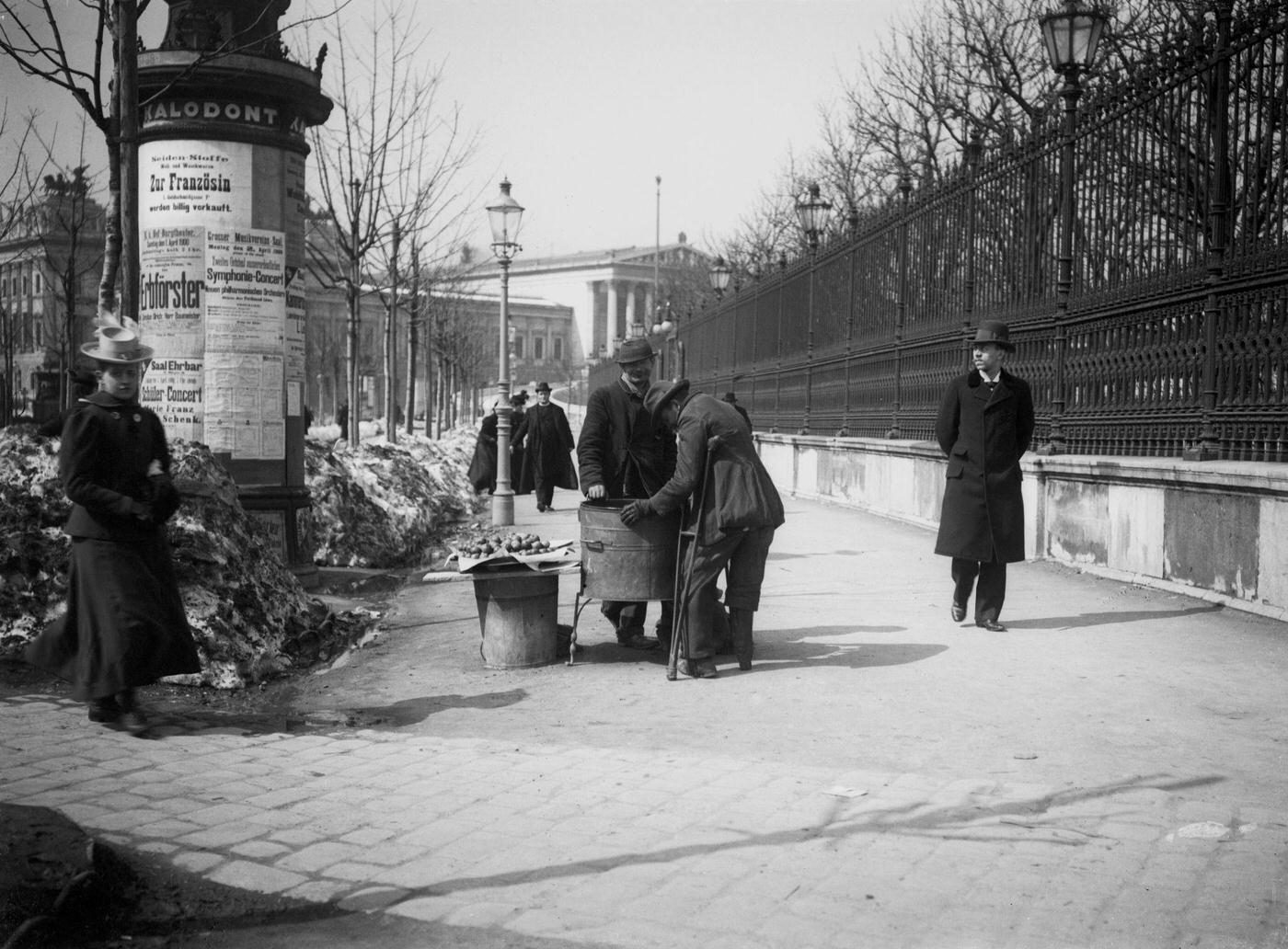


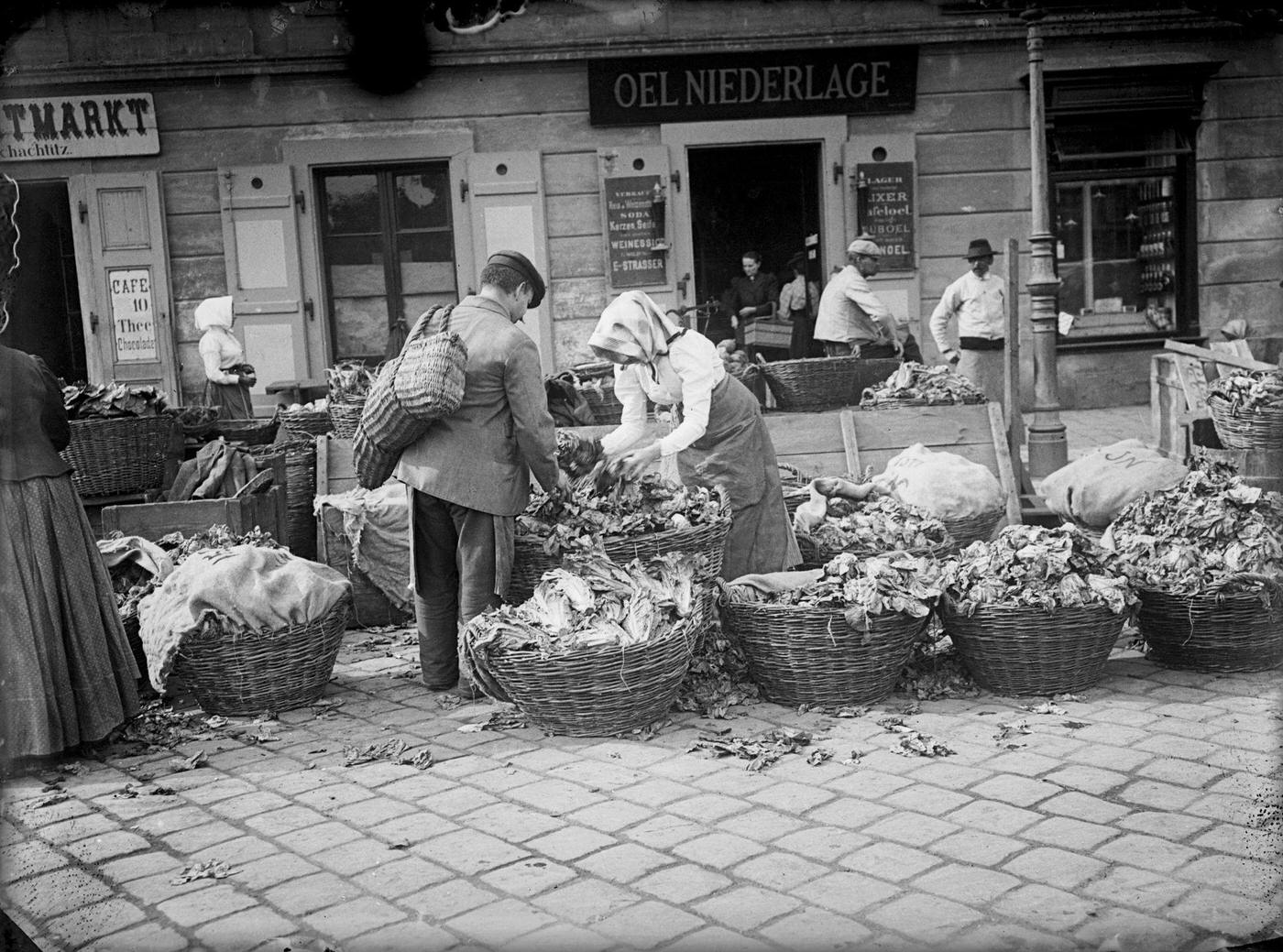



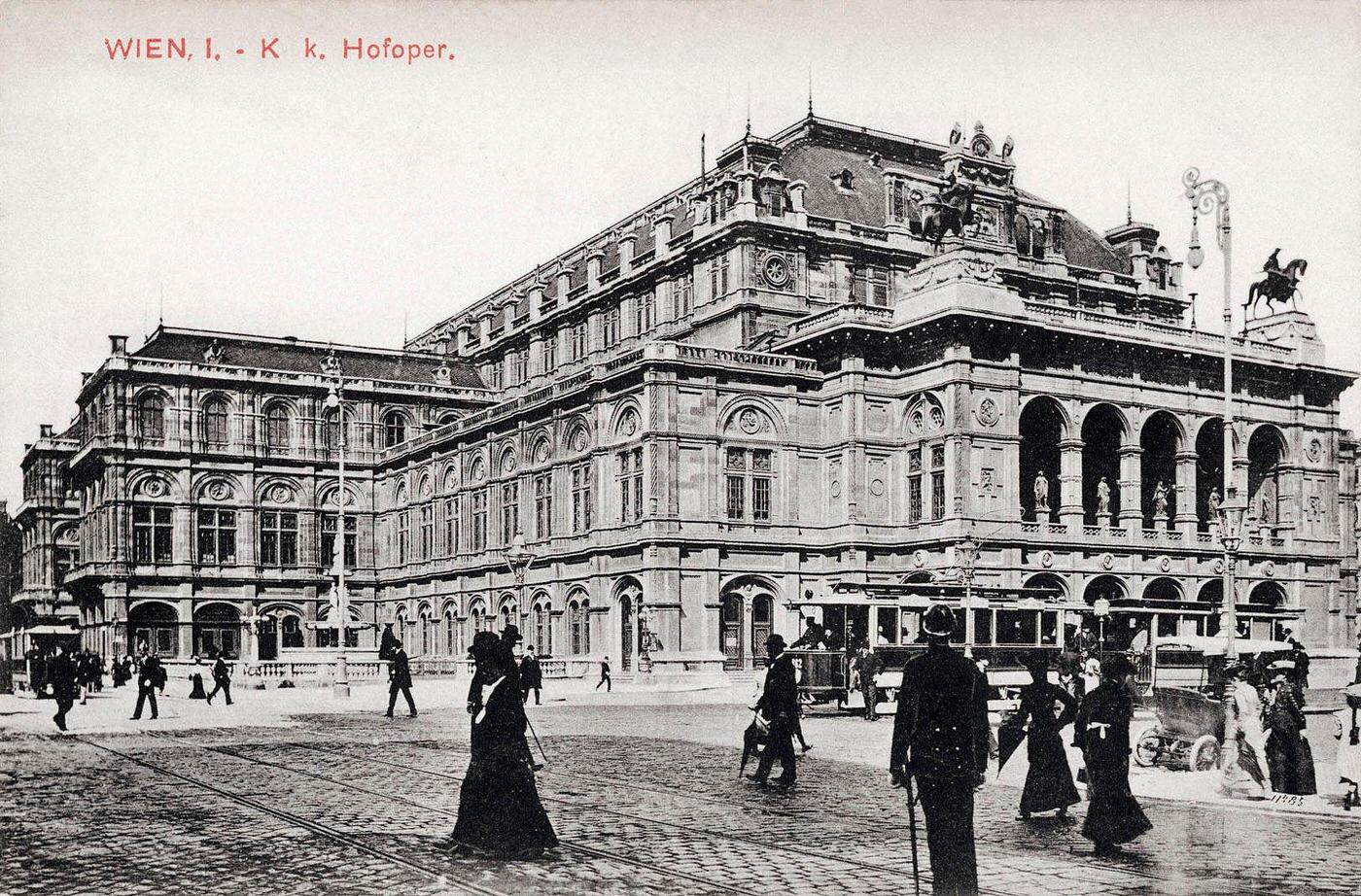







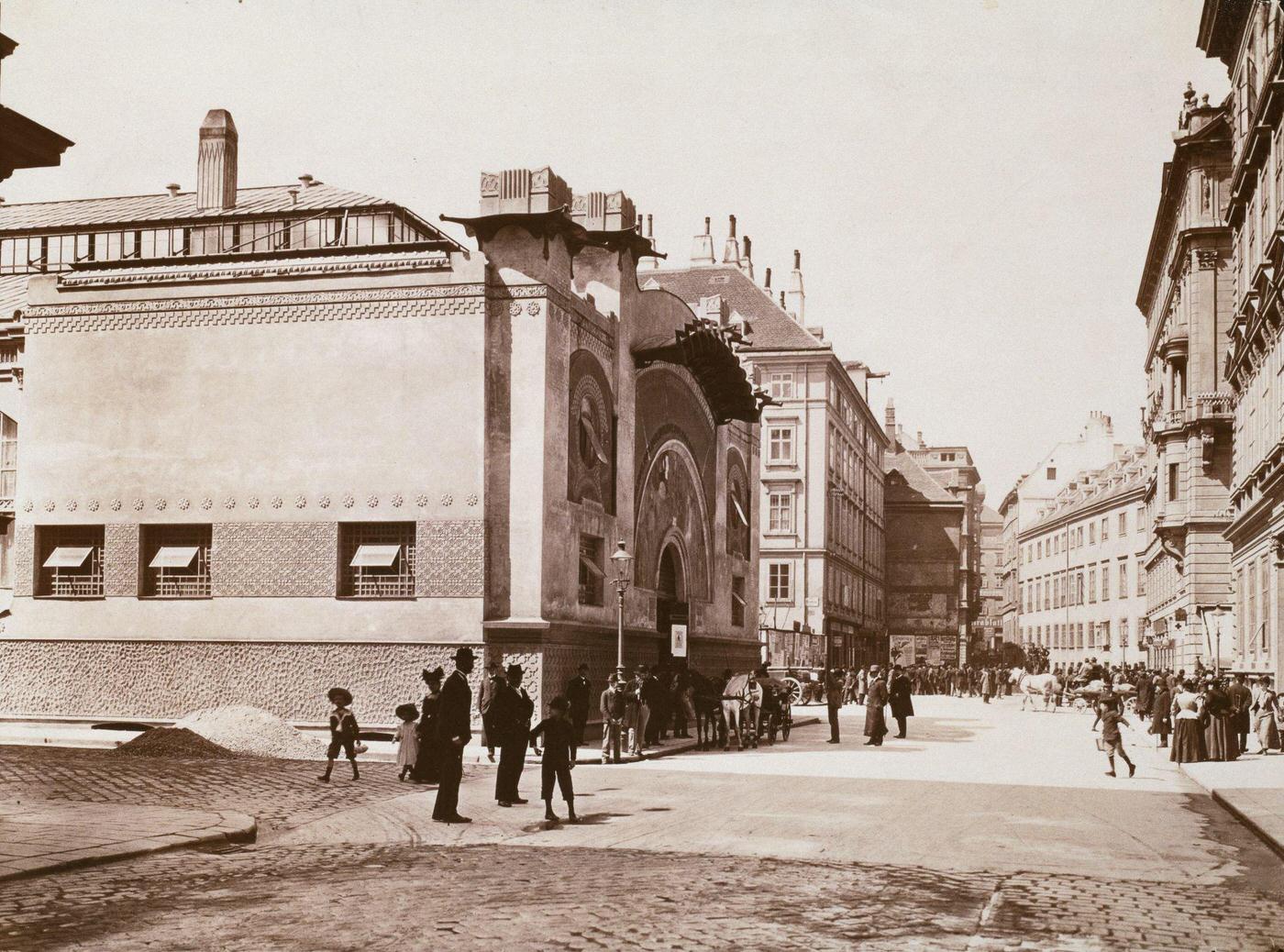




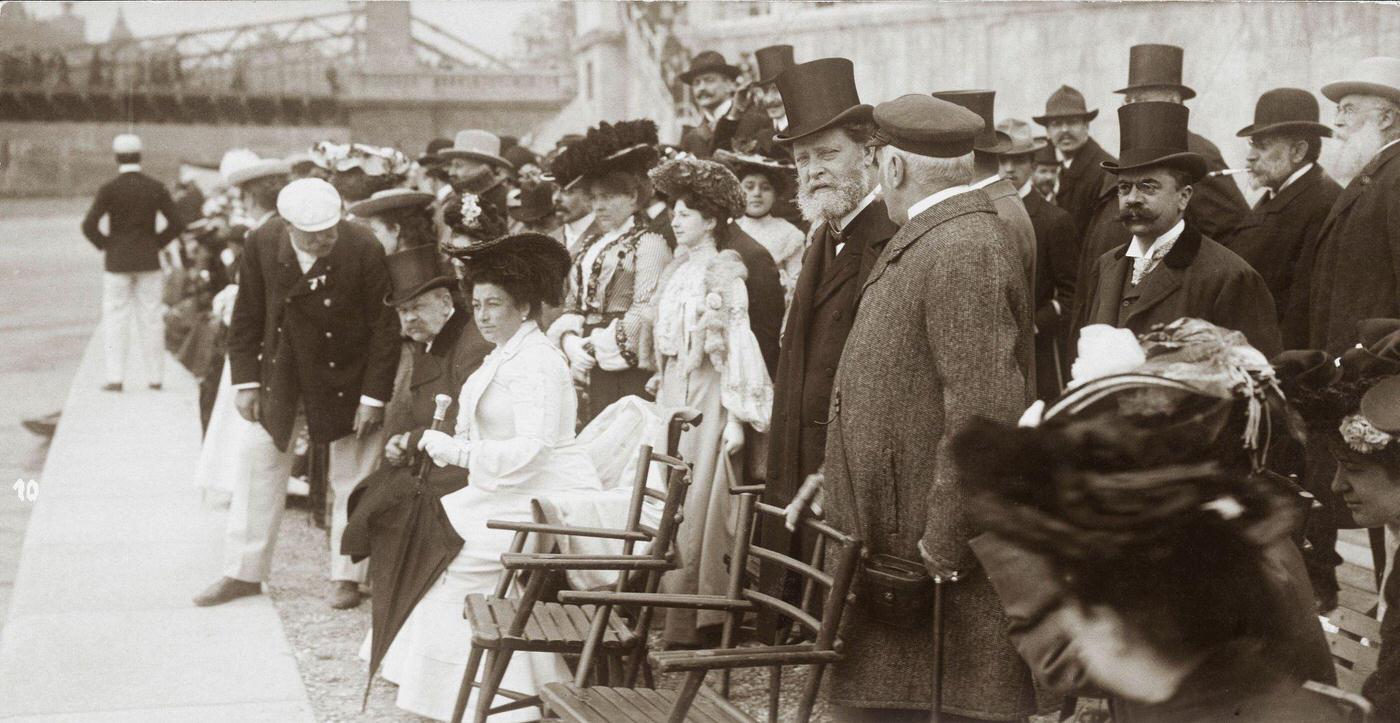














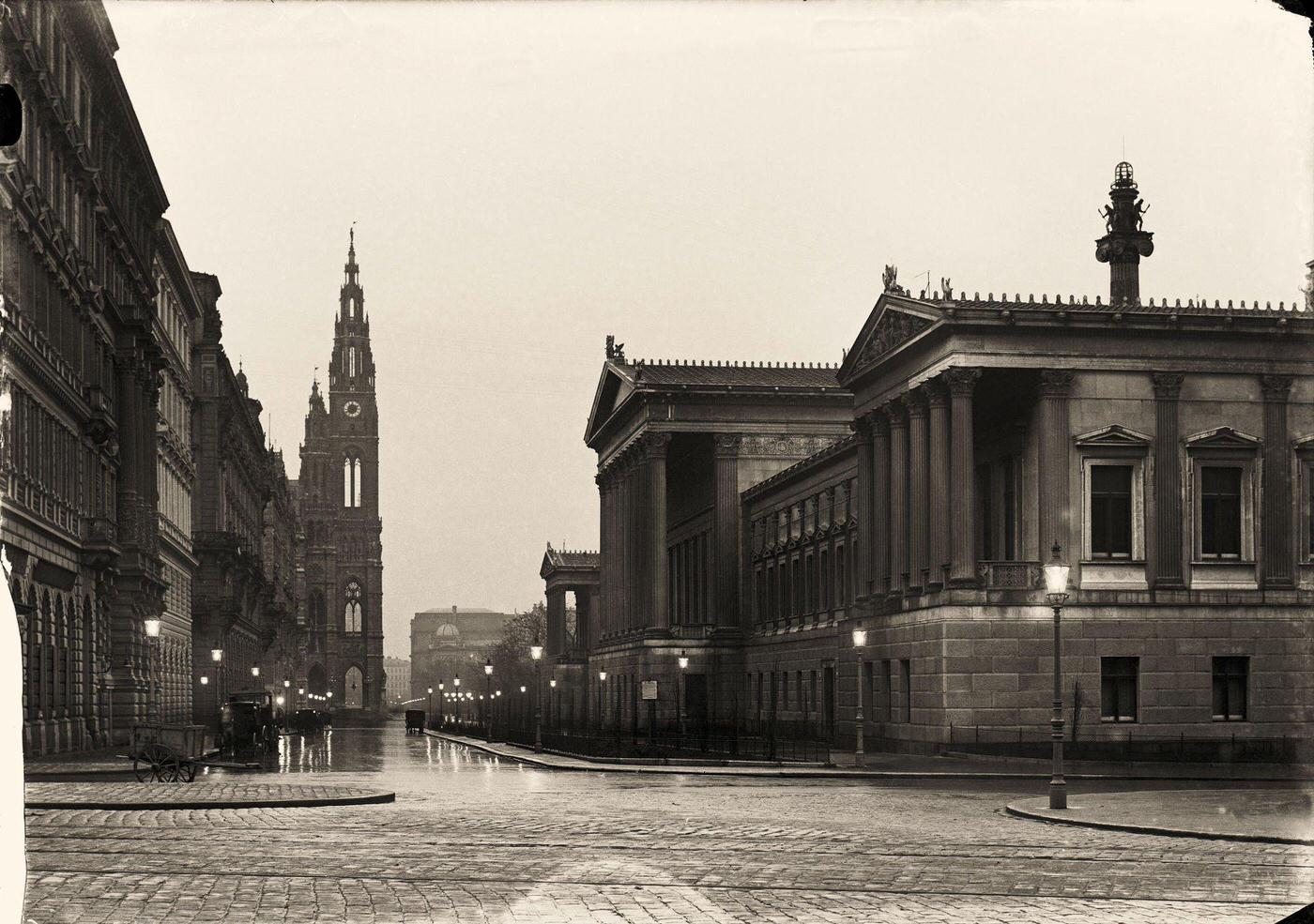

































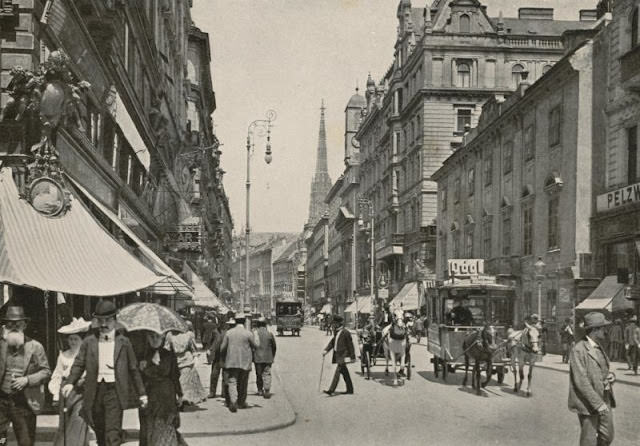


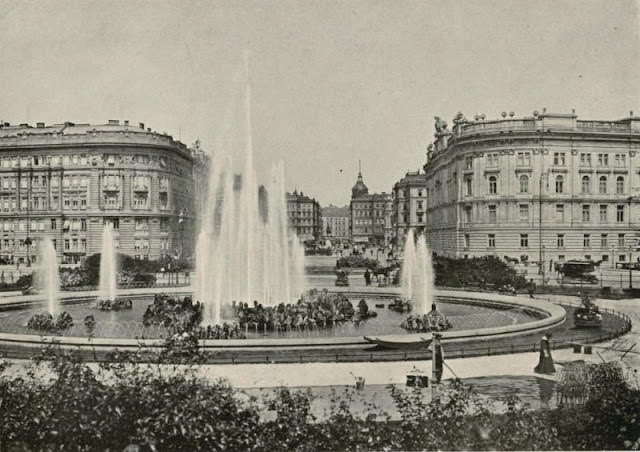













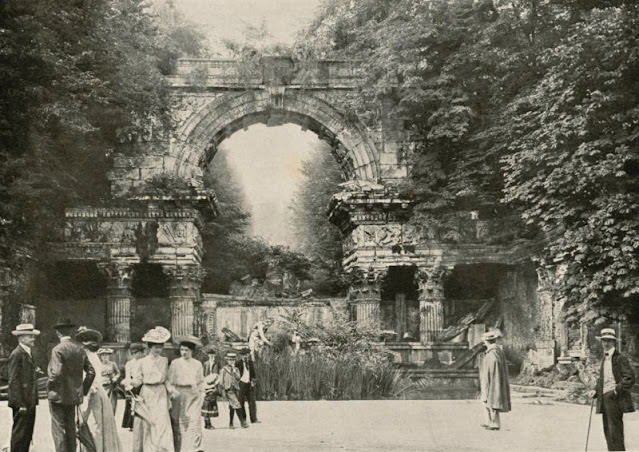



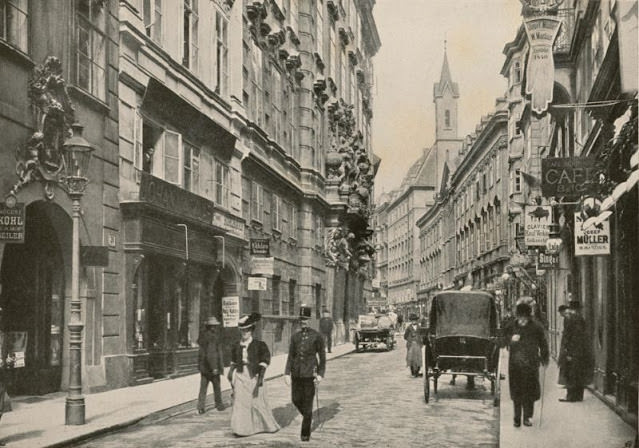







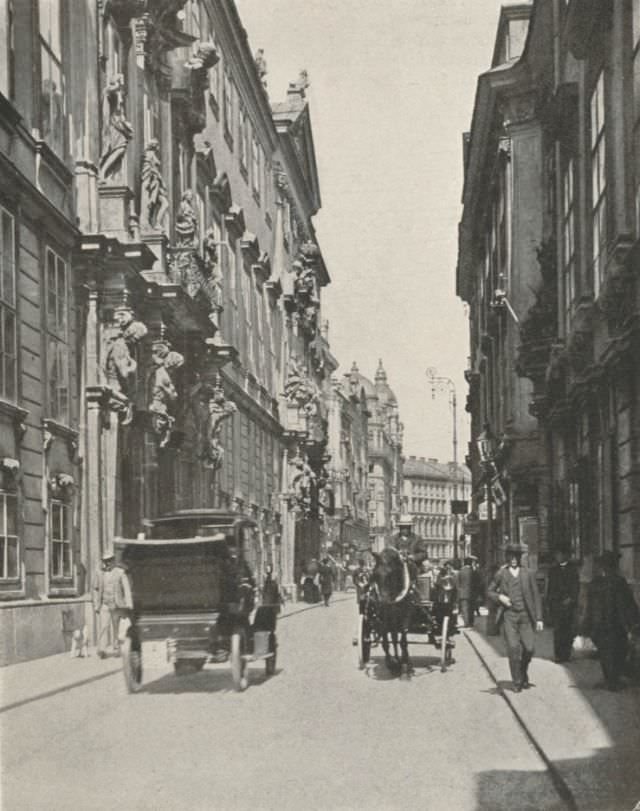


Remember before social media they used to hand out flyers for all the best parties and clubs and the streets would be littered with them?
I would love for the city to be carefree like in these photos.
I really wish I coul d time travel to a Vienna juuust before cars like here. It would be fascinitaing to stand in front of the opera or in front of Burgtheater and hear/feel the difference the cars and roads make.